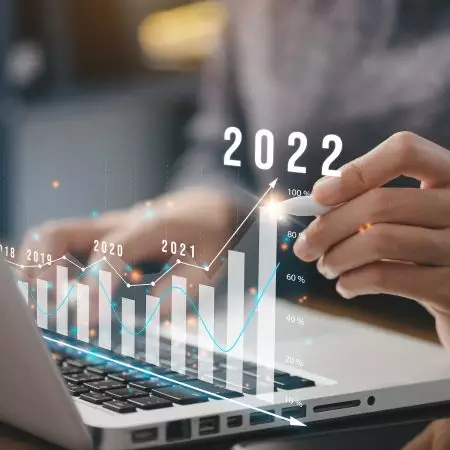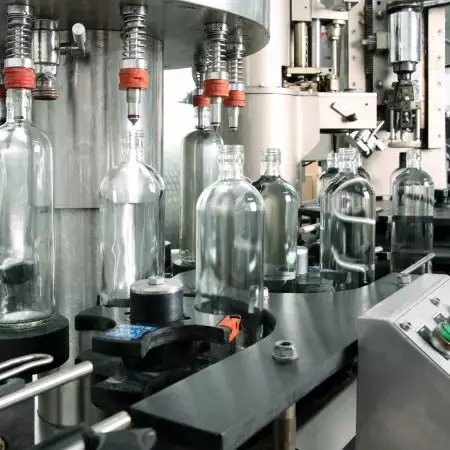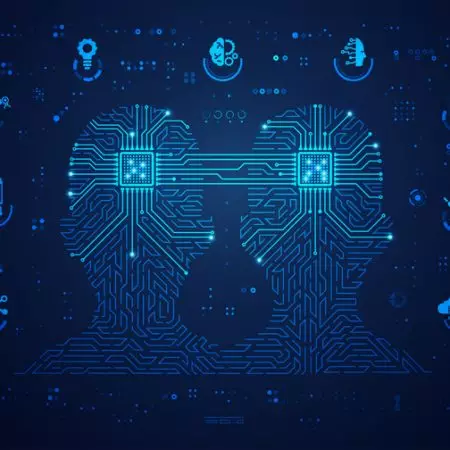The opportunity to adopt a modern servitisation manufacturing model is favoured today by the digital transformation process, which plays an ever-greater role in various business enterprises. Companies are making increasingly widespread use of the cloud and of technological paradigms such as the Internet of Things (IoT), which operate in synergy with advanced analytical tools and artificial intelligence (AI) and machine learning (ML) algorithms for data analysis.
An organisation’s business model transformation leading to the servitisation of manufacturing, in its most modern sense, starts from these “enabling” technologies , but it also involves the evolution of mathematical modelling techniques and numerical simulation software. Digital twins, for example, increasingly used in the industrial world, are digital representations of an object or system that can be used to optimise the operation of a given product or process.
Servitisation of manufacturing and simulation
In its most classic sense, the concept of manufacturing servitisation consists in transforming the business model, from the simple sale of a product, towards the marketing of an integrated product-service system. In this transformation, the quality of virtual models and numerical simulations plays a fundamental role in truly innovating the corporate business model and the underlying processes.
Simulation and virtual models in laser cutting machines
One example of simulation we could give is in the industrial sector of laser technology cutting machines, used for processing metal tubes. In this field, the geometry of the cutting nozzle has a decisive influence on the final quality of the cut, as well as the efficiency of the process, which is reflected in the consumption of energy.
Here, the development of models, using multiphysics simulation software and computational fluid dynamics, allows virtual representation of the cutting process in a very realistic way and with great precision. This enables comparison to be made between various types of nozzles, with alternative geometries, to determine the ideal configuration that will optimise the machining process.
The opportunity to combine the conventional design method with numerical simulations and virtual models not only enables the exploration of new scenarios and design solutions, but also saves the time and money that would otherwise be needed for building and testing expensive physical prototypes.
Integration of simulation and machine learning
Simulation techniques are fundamental for modelling the physical dynamics of processes. However, multiphysics modelling alone often fails to efficiently combine large data sets from different sources and at different levels of resolution. This is why integration with machine learning algorithms offers a unique opportunity for improvement.
Going back to the laser cutting example, machine learning algorithms can be used to find the choice of machine input parameters that optimise the process output. These algorithms allow exploration of the parameter space to identify optimum values and analyse their sensitivity and robustness. The integration between machine learning and multiphysics modelling is a very active field in the mathematical research landscape.
Three steps towards the servitisation of manufacturing
The organisational and technological process that a company has to follow to create a manufacturing servitisation model varies for each particular situation and cannot be framed in a standardised scheme. However, at least three key principles can be followed to facilitate the proper transformation of the business model and minimise entrepreneurial risks:
- Create a business case: a business model cannot be changed without first defining a structured and detailed business case for the specific entrepreneurial reality, indicating the particular needs that will be solved by the new digital applications or services developed and the benefits that can be obtained in the specific production processes affected by the innovation project
- Define a data strategy: in a “data-driven” and “insight-driven” innovation model, such as manufacturing servitisation, another essential aspect is to define a data management strategy that can identify the right types of data to select, prepare and make available, in accordance with given procedures, in the development of new digital applications or services.
- Orchestrate modelling and data science
Having large volumes of data available for certain production processes does not automatically mean being able to implement servitisation in manufacturing, without the solid skills in mathematical modelling and data science necessary to codify the corporate know-how accumulated over years of experience in the field and to correctly interpret the meaning of the data being analysed and the results of the analyses that have been built on them.
The management of these three elements, which are closely interrelated, contributes substantially to the conversion of the business model and the creation of a portfolio of services integrated with the product offer that is a genuine source of growth for the company.
Contact us for more information




